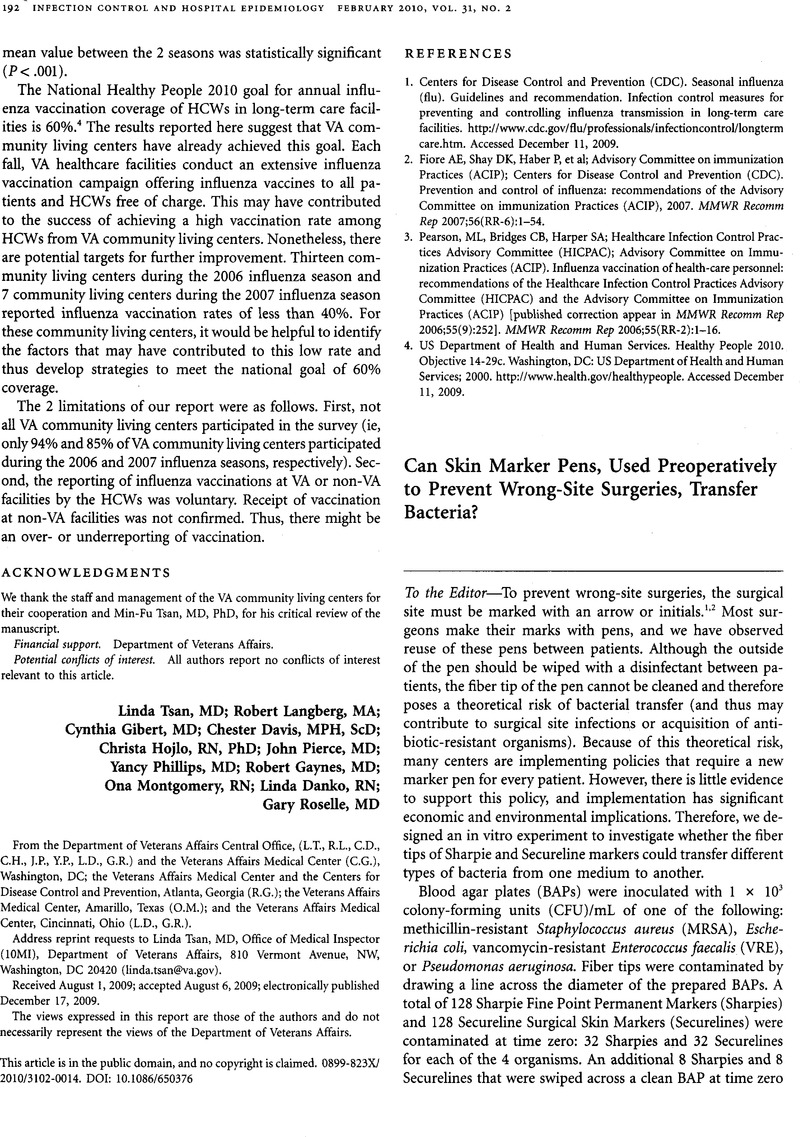Crossref Citations
This article has been cited by the following publications. This list is generated based on data provided by Crossref.
Kraft, John
and
Murray, Christian A.
2011.
The Fusiform Skin Excision: One Recipe for Success.
Journal of Cutaneous Medicine and Surgery,
Vol. 15,
Issue. 5,
p.
245.
Lange, John
Cegolon,
and
Mastrangelo,
2012.
Epidemic of Medical Errors and Hospital-Acquired Infections.
p.
43.
Wernham, A. G. H.
Veitch, D.
Wood, G. V.
and
Varma, S.
2020.
A prospective comparative study to identify the optimal skin marker and marking protocol for skin surgery.
Clinical and Experimental Dermatology,
Vol. 45,
Issue. 5,
p.
623.
Tatar, Burak Ergün
and
Erçin, Burak Sercan
2022.
Using Merocel Marked with Skin Marker as a Background in Microsurgical Anastomosis: Our Clinical Practice.
Indian Journal of Plastic Surgery,
Vol. 55,
Issue. 03,
p.
311.



